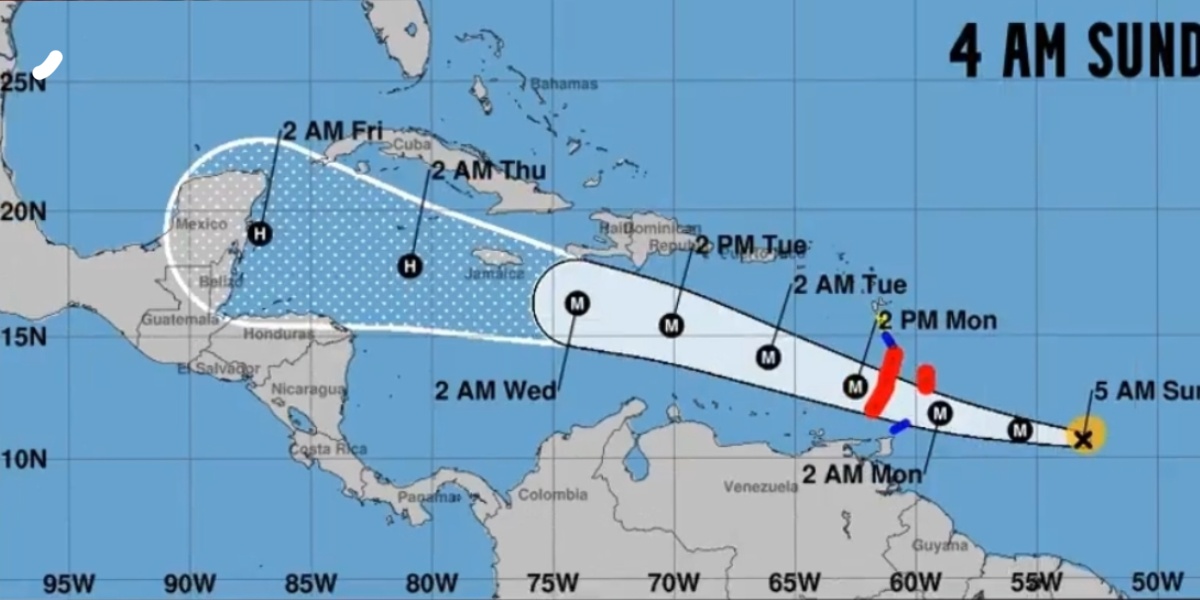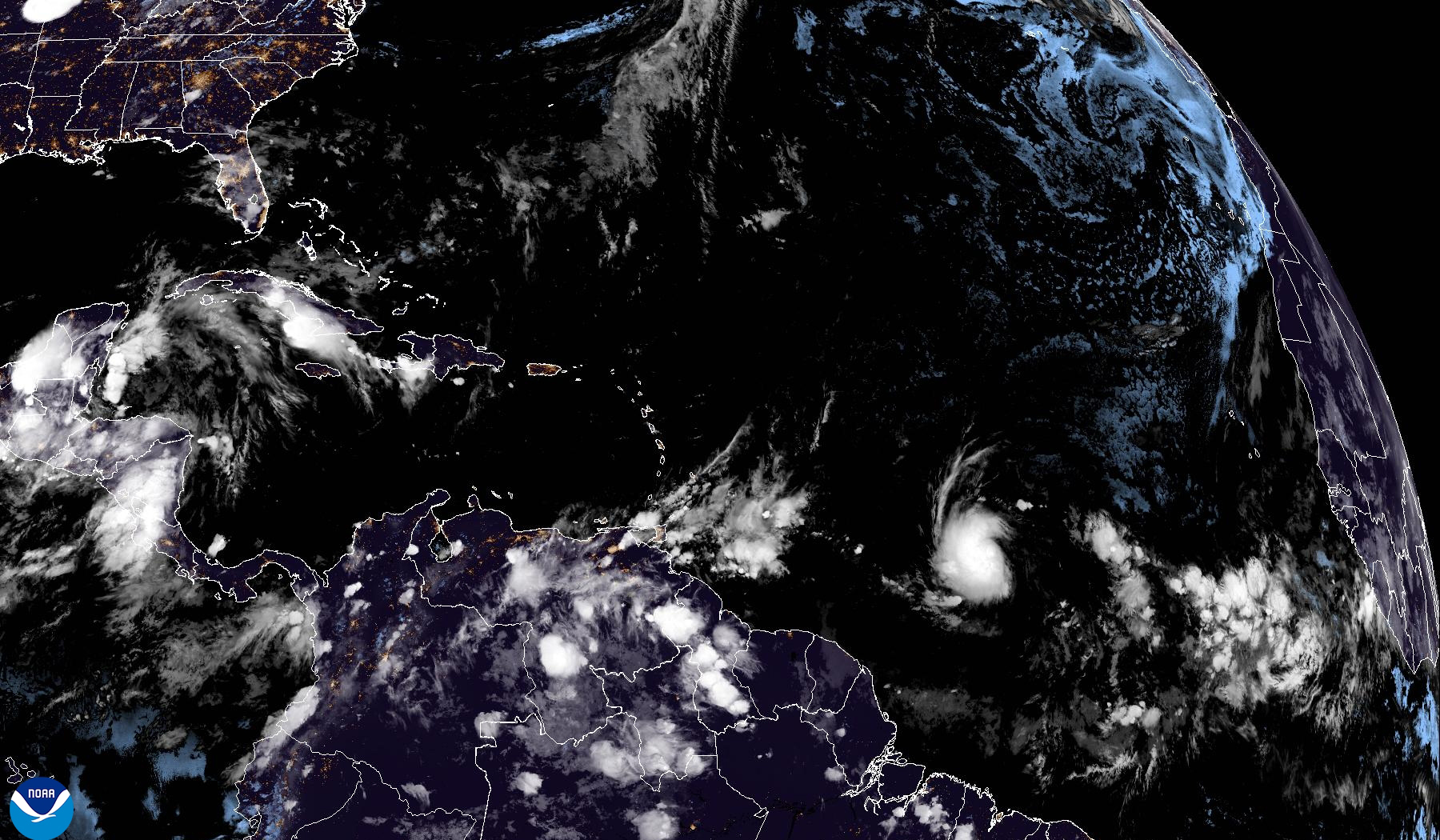National Hurricane Center Advisory: National Hurricane Center Beryl

National hurricane center beryl – The National Hurricane Center (NHC) is a specialized unit of the National Weather Service responsible for monitoring and forecasting tropical cyclones (tropical depressions, tropical storms, and hurricanes) in the Atlantic Ocean, eastern Pacific Ocean, Caribbean Sea, and Gulf of Mexico.
National Hurricane Center Beryl continue to monitor the storm as it approaches the Windward Islands. The islands are expected to experience heavy rainfall and strong winds as the storm passes through. National Hurricane Center Beryl will continue to provide updates on the storm’s progress.
The NHC issues various types of advisories, including tropical weather outlooks, tropical storm watches and warnings, hurricane watches and warnings, and post-tropical cyclone advisories. These advisories provide information about the location, intensity, movement, and potential impacts of tropical cyclones.
National Hurricane Center Beryl, an active tropical cyclone, has been closely monitored by meteorologists. To stay updated on the latest developments, visit the national hurricane center beryl for detailed analysis, forecasts, and warnings. This authoritative source provides comprehensive information to help you stay informed about the storm’s path and potential impacts.
Hurricane Advisories
Hurricane advisories are issued by the NHC when a tropical storm is expected to become a hurricane within 36 hours or when a hurricane is already occurring. Hurricane advisories contain the following components:
- Location: The latitude and longitude of the center of the hurricane
- Intensity: The maximum sustained wind speed of the hurricane
- Movement: The direction and speed of the hurricane’s movement
- Forecast track: A projection of the hurricane’s path over the next several days
- Potential impacts: Information about the potential impacts of the hurricane, such as storm surge, rainfall, and wind damage
Hurricane Beryl

Hurricane Beryl was a Category 1 hurricane that made landfall in Florida in 2018. The storm caused widespread damage and flooding, and it left thousands of people without power.
Historical Track of Hurricane Beryl
Hurricane Beryl formed on July 5, 2018, in the Atlantic Ocean. The storm quickly strengthened and reached Category 1 status on July 7. Beryl made landfall in Florida on July 9, near Jacksonville. The storm then weakened as it moved inland, and it dissipated on July 11.
Impact of Hurricane Beryl
Hurricane Beryl caused widespread damage in Florida. The storm’s winds knocked down trees and power lines, and the flooding caused significant damage to homes and businesses. Beryl also caused beach erosion and damage to coastal infrastructure.
Comparison of Hurricane Beryl to Other Notable Hurricanes in the Same Region
Hurricane Beryl was not as strong as some other hurricanes that have hit Florida in recent years. However, the storm still caused significant damage and disruption. Beryl was similar in strength to Hurricane Matthew, which made landfall in Florida in 2016. Matthew caused more widespread damage than Beryl, but Beryl’s impact was still significant.
Hurricane Preparedness

Hurricanes are a major threat to life and property in many parts of the world. Being prepared for a hurricane can help you stay safe and minimize damage to your home and belongings.
There are a number of things you can do to prepare for a hurricane, including:
Before a Hurricane, National hurricane center beryl
Before a hurricane, you should:
- Create an emergency plan. Your plan should include where you will go if you need to evacuate, how you will contact family members, and what you will do if you lose power or water.
- Gather an emergency kit. Your kit should include food, water, first aid supplies, and other essential items.
- Secure your home. This includes boarding up windows, securing loose objects, and moving valuables to higher ground.
- Stay informed. Monitor weather reports and follow the instructions of local officials.
During a Hurricane
During a hurricane, you should:
- Stay indoors. If you are outside, find a sturdy building to shelter in.
- Stay away from windows. Windows can shatter and cause serious injuries.
- Listen to the radio or television for updates. This will help you stay informed about the storm’s progress and any evacuation orders.
After a Hurricane
After a hurricane, you should:
- Check for injuries. If you or someone else is injured, seek medical attention immediately.
- Assess the damage to your home. If your home has been damaged, contact your insurance company as soon as possible.
- Stay informed. Continue to monitor weather reports and follow the instructions of local officials.